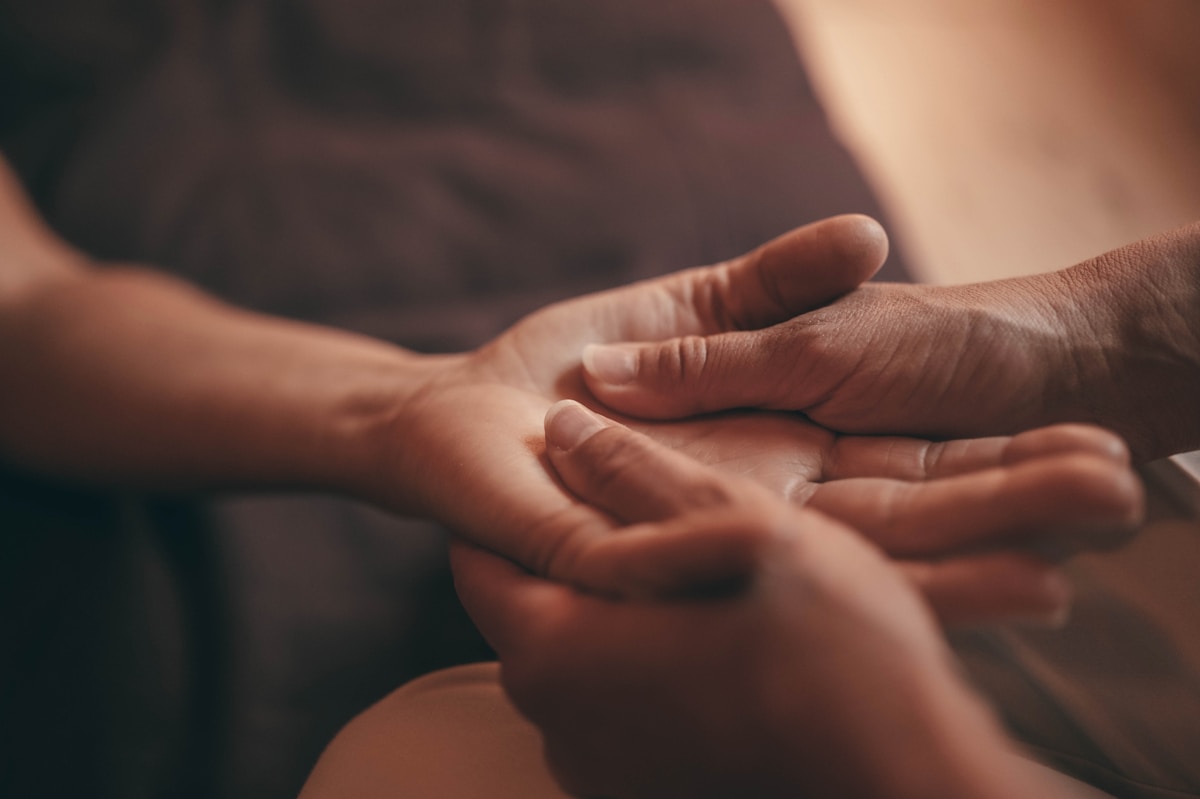
The Japanese massage is a traditional type of massage therapy that orignates from Japan. The most common one is the shiatsu massage. Shiatsu literally translates to "finger pressure" in Japanese. Massages with fingers, thumbs, feet, and palms are among the Shiatsu techniques, as are acupressure, aided stretching, and joint manipulation and mobilisation. A shiatsu practitioner employs palpation and, in some cases, pulse diagnostic to check a patient.
Shiatsu derived from anma, a Japanese massage practise created by Akashi Kan Ichi in 1320. Acupuncturist Sugiyama Waichi popularised Anma in the seventeenth century, and the first literature on the subject appeared about the same time, notably Fujibayashi Ryohaku's Anma Tebiki ("Manual of Anma").
The Fujibayashi school was responsible for bringing anma into the modern era. Prior to the introduction of shiatsu in Japan, masseurs were frequently migratory, earning a living as travelling massage therapists and collecting referral fees.
Massage has long been associated with the blind in Japan, dating back to Sugiyama's time. Sugiyama, who was blind himself, founded a number of medical institutions for the blind where this method was taught. During the Tokugawa period, edicts were issued that restricted the practise of anma to the blind only; sighted persons were forbidden from doing so. As a result, the "blind anma" has become a prominent cultural stereotype in Japan. This has persisted into the present day, with a sizable section of the Japanese blind population working in the field.
Shinsai Ota established abdominal palpation as a Japanese diagnostic procedure in the 17th century.
Japanese massage also includes techniques such as squeezing, tapping, rubbing, and pressure that are administered to the body to allow energy to flow freely throughout the body. The goal is to bring the life energy (chi) into balance by applying pressure to weak spots. If you have a headache, for example, it is not regarded a single disease. Unlike western massage therapies, Japanese massage techniques do not use massage oil. Shiatsu massage is used to treat anxiety, nausea, and vomiting. It also boosts immunity and promotes healthy blood circulation. It also helps with constipation, indigestion, diarrhoea, and other gastrointestinal problems, as well as chronic pain, migraines, toothaches, arthritis, anxiety, menstruation and menopausal issues, and depression. It relieves neck, back, and muscle discomfort as well as tension. Shiatsu is beneficial to both physical and emotional health.
Because shiatsu stimulates blood flow, there are several measures to consider before getting a Japanese massage. People with high blood pressure, heart problems, cancer, bleeding problems, and those who have had surgery should avoid this massage. Those with osteoporosis, scar tissue, recent wounds, bone fractures, or inflammation should exercise caution. Shiatsu is ineffective in the treatment of burns, fevers, and infectious disorders, and should not be performed immediately after a meal.
An alternative Japanese massage is the nuru massage but that usually involves erotic massage techniques. Shiatsu massage is still the msot popular form of the Japanese massage.
Reference article - https://en.wikipedia.org/wiki/Shiatsu